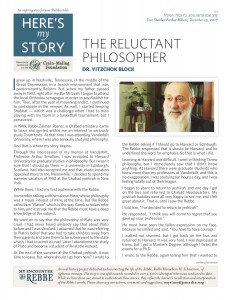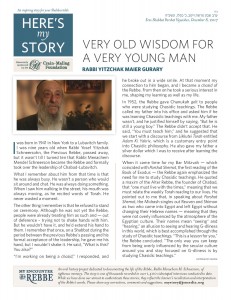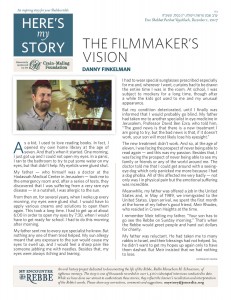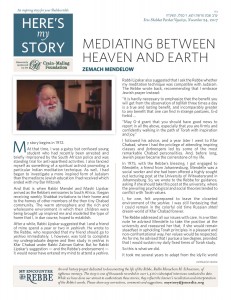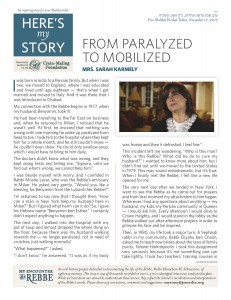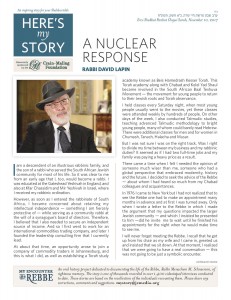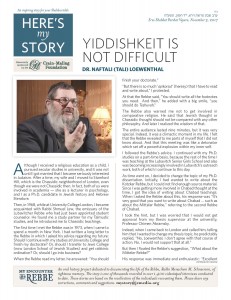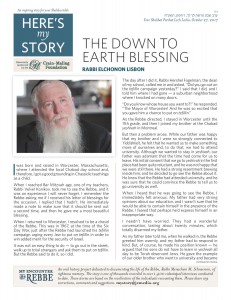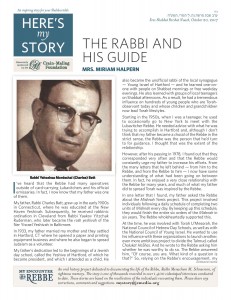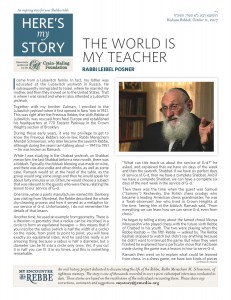The Reluctant Philosopher
I grew up in Nashville, Tennessee, in the middle of the Great Depression, in a Jewish environment that was predominantly Reform. But, when my father passed away in 1943, right after my Bar Mitzvah, I began to attend the local Orthodox synagogue in order to say Kaddish for him. Then, after the year of mourning ended, I continued to participate in the minyan. As well, I started keeping Shabbat – which was a challenge when I had to miss playing with my team in a basketball tournament, but I persevered.
In 1949, Rabbi Zalman Posner, a Chabad emissary, came to town and ignited within me an interest to seriously study Torah texts. At that time I was attending Vanderbilt University, where I was also seriously studying philosophy.
And that is where my story begins.
Through the intercession of my mentor at Vanderbilt, Professor Arthur Smallion, I was accepted to Harvard University for graduate studies in philosophy. But I wasn’t sure that I should go there – a university in Edinburgh, Scotland, had also accepted me and that exotic location appealed more to me. Meanwhile, I decided to spend my summer vacation of 1952 at the Chabad yeshivah in New York.
While there, I had my first audience with the Rebbe. (more…)


